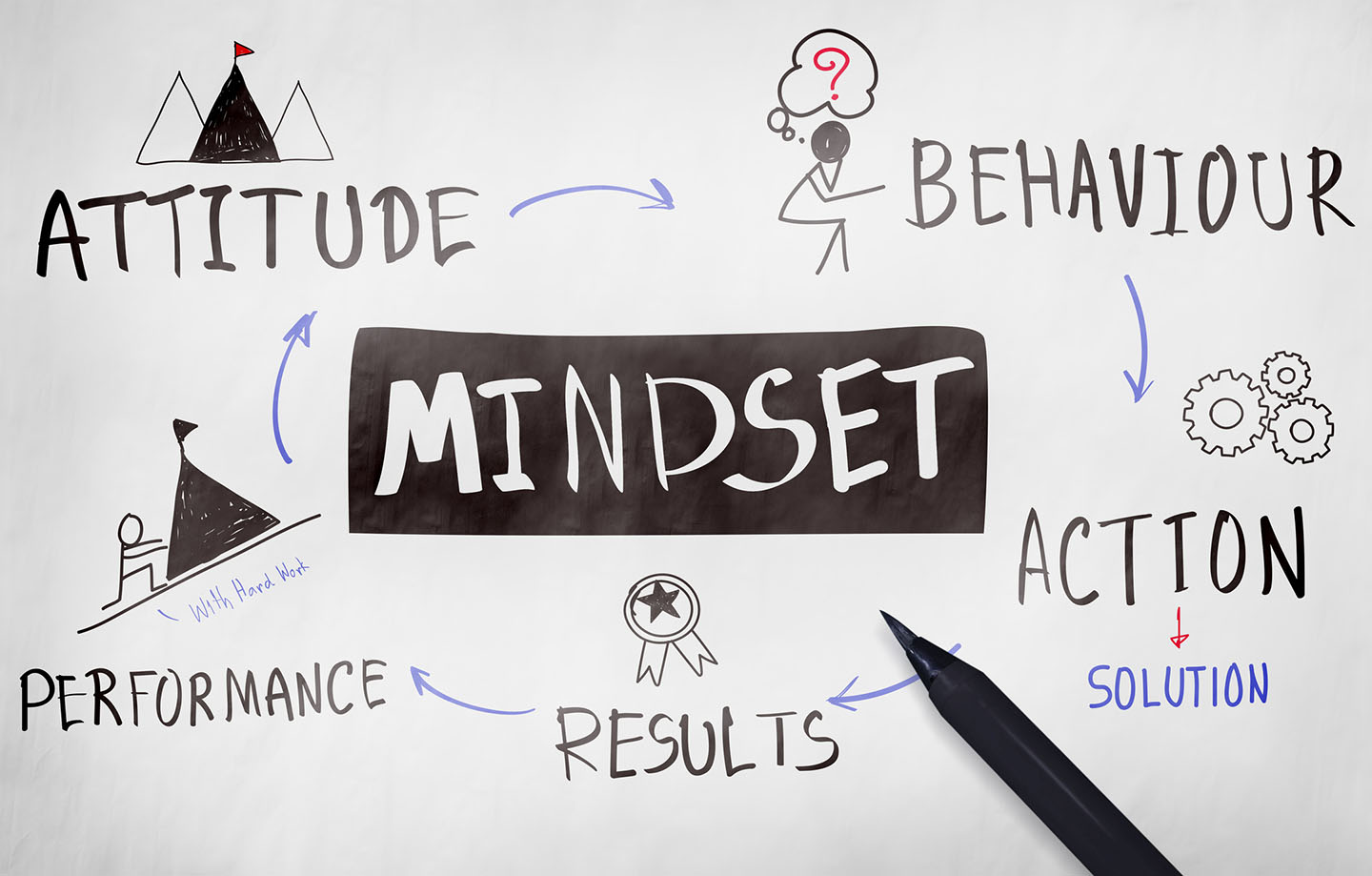In the world of small business, your interactions with customers, employees, and partners can significantly influence your success. A study by social psychologist Roy F. Baumeister found that it often takes six positive experiences to make up for the impact of a single negative one. This phenomenon, known as the “negativity bias,” can be particularly influential in the business world. Here’s a closer look at what this means for small business owners and how you can effectively navigate this challenge.
Understanding the Negativity Bias
Negativity bias is a psychological phenomenon where negative experiences have a more significant impact on an individual’s state and processes than positive or neutral experiences. In the context of a small business, this means that a customer’s bad experience with your product or service can be more memorable and influential than several good experiences.
The Impact on Customer Relationships
Building and maintaining customer relationships is critical for small businesses. A single negative interaction – whether it’s poor customer service, a flawed product, or a delayed response – can significantly damage a customer’s perception of your business. It’s crucial to understand that rectifying a negative experience doesn’t just require an apology; it requires a series of positive actions to rebuild trust and satisfaction.
Strategies to Overcome Negativity Bias
Exceptional Customer Service: Always strive to provide excellent customer service. Train your staff to be attentive, empathetic, and solution-oriented.
Quality Control: Ensure your products or services are of high quality and consistent. Regularly seek feedback and make improvements.
Prompt and Effective Problem-Solving: Address customer complaints and issues promptly. An effective resolution can turn a negative experience into a positive one.
Building Positive Relationships: Regularly engage with your customers through various channels. Personalised interactions, loyalty programs, and consistent communication can foster positive experiences.
Gather and Act on Feedback: Encourage customer feedback, both positive and negative. Actively working on feedback shows customers that their opinions are valued and considered.
Employee Training and Satisfaction: Happy employees often lead to happy customers. Train your staff not only in job-specific skills but also in communication and empathy.
As a small business owner, it’s essential to be aware of the impact of negativity bias and actively work to create more positive than negative interactions. Remember, it’s not just about avoiding negative experiences but also about actively creating positive ones. By doing so, you’ll build stronger relationships with your customers, foster loyalty, and set the stage for long-term success.





